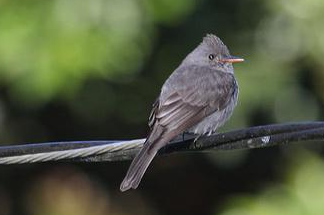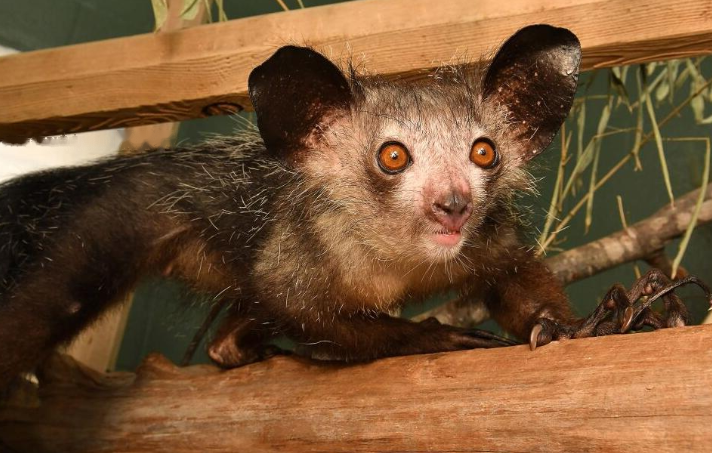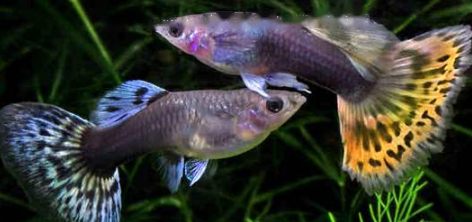The red-headed snake-necked turtle, also known as the twist-necked turtle and the red-headed flat turtle, because it has a fairly flat head and carapace, usually likes to live in the swamps and gentle-flowing lakes in tropical South America, basically aquatic. Because it is not difficult to raise, many people choose to raise it, but do you know how to choose the red-headed snake-necked turtle? The following editor will talk to you about the selection skills of red-headed snake-necked turtles!
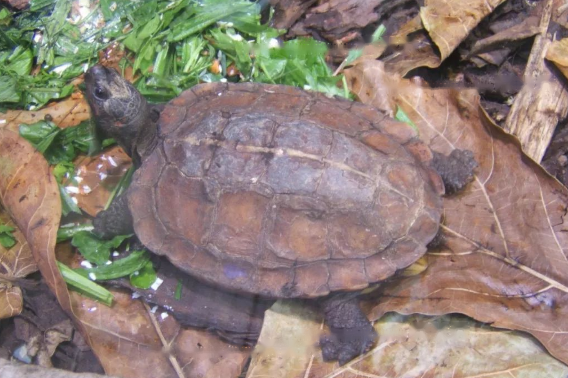
1. Distinguishing different species
The red-headed snake-necked turtle is a medium-sized side-necked turtle. When the young turtle grows to a sub-adult, the tail margin shield is serrated, and its typical features are its flat carapace and back The two prominent ridges on the nails, you must look for the appearance when choosing, do not buy other species of turtles.
2. Observe the appearance status
1. Limbs: When selecting the red-headed snake-necked turtle, we can observe its limbs to see if it can hold up the whole body, and it will crawl when crawling. There will be no case of dragging the turtle shell. At the same time, it is necessary to pay attention to whether there is inflammation of wounds in its limbs. This red-headed snake-necked turtle is generally a sick turtle, and it is recommended not to choose it.
2. Eyes: The eyes can tell whether a red-headed snake-necked turtle is sick or not. We only need to see whether its eyes are clear and whether there is secretions around the corners of the eyes. If the eyes are cloudy or there is secretions around the corners of the eyes, this is not recommended.
3. Nose: Observe whether the red-headed snake-necked turtle is blocked or whether there is secretion. If it is blocked or the water-like substance flows out of the nose, it is also recommended not to consider it.
4. Oral cavity: Observe whether there is secretions around the mouth of the red-headed snake-necked turtle or whether it is breathing with its mouth open. Generally, those who breathe with their mouths open or have secretions at the corners of their mouths are more likely to be sick turtles. it is good.
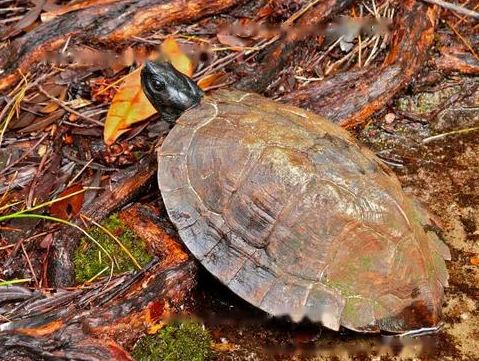
5. Turtle shell: A healthy red-headed snake-neck turtle shell should be complete and clear in texture. If the turtle shell is festered and cracked, there must be a problem, we just pass it directly.
Three, observe the health status
1. Mental status: The red-headed snake-necked turtle is timid, and almost always shrinks in the shell in an unfamiliar environment. After a few days will act. If the red-headed snake-necked turtle seen in the climbing shop has been shrinking in the corner and does not like to move, it may hide some diseases, and it is recommended not to keep it.
However, its behavior and body may be so weak that it is considered to be the end of it, don't get me wrong.
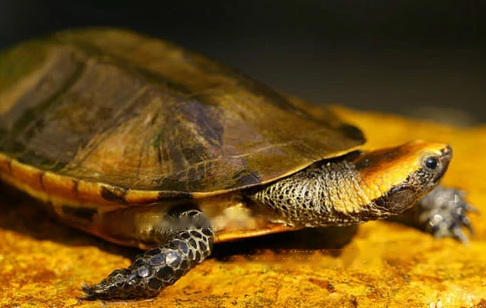
2. Eating status: You can use food to induce red-headed snake-necked turtles to eat. Healthy red-headed snake-necked turtles can take the initiative to eat, and they will also bite people's fingers to beg for food. The interaction is still very good. If a red-headed snake-necked turtle does not like to eat, it does not rule out whether there is some disease.
The above are some tips for selecting red-headed snake-necked turtles, I hope it will be helpful to everyone!
![[Original] Sharing of popular science knowledge of ringed map turtles](/static/img/11249/11249_1.jpg)




